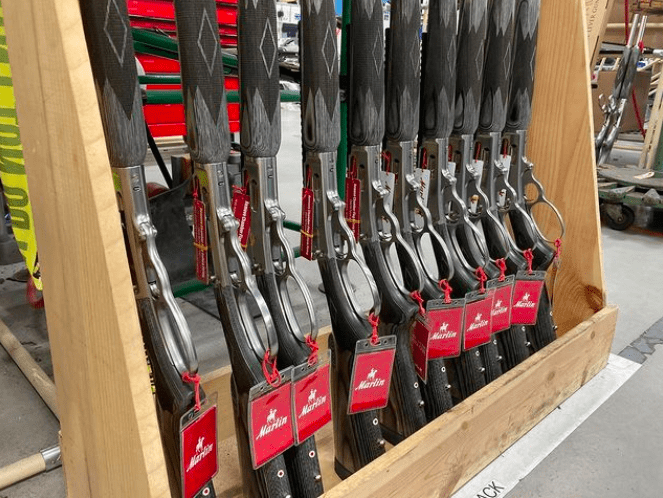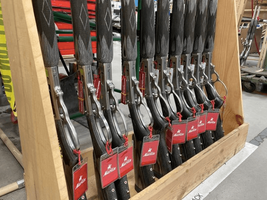Nice! Definitely more clear than the first post.
Yes you’re right high velocity bullets can cause stretch to the failure point of tissue.
Clarifying energy as potential wounding does make sense but there are still so many variables. Like you said a bullet can pencil it’s way through if it’s the wrong design.
Now about the 4 bore. I don’t really see the energy causing any tissue stretch there just crush. The stretch beyond the failure point is a result of velocity. No matter the size of the bullet the low velocity still won’t cause stretch damage. That’s the issue with handgun cartridges all being too slow.
Lehigh uses some fancy design to my guess is take advantage of the rotational force to stretch the tissue to failure.
Expansion is just a form factor change to a wider meplat. The formulas for wound mass take that into consideration.
Fragmentation is just smaller examples of bullet crush. Each time a fragment pops off you lose some penetration potential but gain a secondary wound channel. Again so many factors and so many designs and so many possible bone hits or sideways hits that make this more or less effective.
So we roughly agree on these things. One thing I can never let go of though is the energy transfer.
I’ll refer back to my 5.7 vs 38 special. Both with probably the most coming bullet for each cartridge. One is a well respected defense cartridge. The other one dumps a little over 50% more energy in the body but is known to create little more than superficial wounds.
We need to grab a beer. If we go to the place Broccoli hangs out for some reason I never have to pay for my beers.
Yeah, I think we largely agree. And we may not convince each other in the velocity vs energy transfer debate, but I think it’s good to flesh out the discussion. My big issue with the velocity theory is that there is disproving evidence.
My question to you is how does velocity cause the tissue stretch damage? Contradictory evidence: High velocity 5.56 FMJ that ice picks through. And “Low” velocity (1500fps), heavy mass .458 bullets with large meplats that
do actually create stretch damage and not just crush damage.
Both of these instances support that transfer of energy is what causes the stretch damage rather than strictly velocity. Though, velocity has more effect on energy than mass. An ice picking 5.56 FMJ fails to transfer the energy. The lower velocity, but still high energy .458 does transfer the energy because of the large meplat.
Regarding 5.7 vs 38spl, both are pistol cartridges and as mentioned before, neither has enough energy to reach the elastic limit of most tissues. So you do only get crush damage from both and .38 is bigger. The 5.7 still has sub-400 ft/lbs.
The biggest question yet unanswered with the energy transfer theory is at what level do various tissues reach their elastic limit.
EDIT: Regarding the 1700gr 1000fps bullet, yes it probably wouldn’t cause anything more than crush damage. Not because of velocity, but because it wouldn’t be able to effectively transfer its energy to the tissue, unless you had massively expanding petals (which would increase crush anyway) like 300blk subs. Even with those big petals, I bet a bullet that heavy would still truck on through a person and take a lot of energy with it.
For the Lehigh defender bullets, the flutes do a great job at reliably stopping the bullets within the FBI specs while also being largely barrier blind. But the big question is if they truly do create a larger wound channel than just crush. It would depend on how much the flutes focus the fluids being redirected. I’ve begun researching pressure washer wounding mechanisms and how much PSI tissue can withstand, but it would take a pretty complex model to figure out how much PSI is coming off the flutes. Maybe I’ll have time someday to figure it out… probably not.




![Angry [angry] [angry]](/xen/styles/default/xenforo/smilies.vb/008.gif)